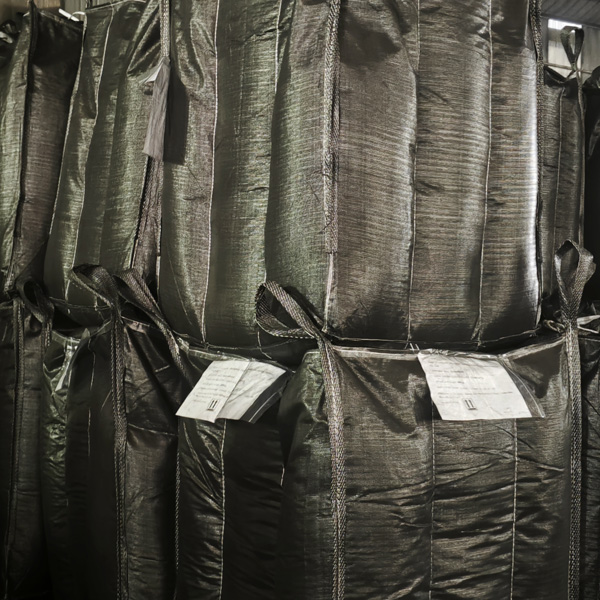8/30mesh GAC for MDEA Solution Purification
Why Can’t Your MDEA Solution Stay Clean? Meet the 8-30 Mesh Secret Weapon
Ever wondered why your MDEA solution turns into a grimy mess halfway through gas treatment? Picture this: impurities piling up like uninvited party crashers, wrecking your system’s efficiency. Enter 8-30 mesh activated carbon (GAC)">granular activated carbon (GAC)—the industrial world’s ultimate bouncer for purifying methyl diethanolamine (MDEA) solutions. Let’s unpack how this unsung hero works and why its size matters more than you think.
From Coconut Shells to Contaminant Combat: How It’s Made
8-30 mesh GAC starts life as coconut shells or coal, baked at scorching temps to create a porous structure. Think of it like turning a brick into Swiss cheese—except this “cheese” traps bad stuff. The magic happens during activation: steam or chemicals blast microscopic tunnels into each granule, creating a surface area up to 1,500 m² per gram. That’s bigger than two basketball courts in a teaspoon-sized particle!
Here’s the kicker: the 8-30 mesh size (0.6-2.36 mm) is the Goldilocks zone for MDEA systems. Too fine? It clogs pipes. Too chunky? It’s like using a colander to catch sand. This mid-range grit balances flow rate and contaminant grab—like a coffee filter that actually works.
MDEA’s Dirty Little Secrets (And How GAC Fixes Them)
MDEA solutions in gas sweetening plants collect three types of troublemakers:

Degradation byproducts – Heat turns MDEA into gunk that sticks to equipment
Hydrocarbons – Oily invaders from feed gas that foam up operations
Metal ions – Iron and nickel hitchhikers causing corrosion chaos
8-30 mesh GAC tackles these through three mechanisms:
| Mechanism | What It Catches | Real-World Impact |
|---|---|---|
| Adsorption | Organic molecules, oils | Cuts foaming by 60-80% |
| Catalytic reaction | Oxidized sulfur compounds | Extends MDEA life 2-3x |
| Ion exchange | Metal ions (Fe²⁺, Ni²⁺) | Reduces corrosion rates by 40% |
Picking the Right GAC: 5 Must-Check Specs
Not all activated carbons are created equal. Here’s what separates the pros from the posers when selecting 8-30 mesh GAC for MDEA:
Iodine number 800-1,000+mg/g means serious contaminant appetite
Hardness – 95%+ attrition resistance prevents dusting
Ash content – Under 5% keeps pH stable in amine systems
Pore distribution – 20-50 Å micropores target MDEA degradation products
Reactivation cycles – 3-5 reuses without efficiency drop
Fun fact: Coconut-based GAC outperforms coal-based in MDEA systems because its pore structure matches contaminant molecule sizes—like having the right key for a lock.
Installation Hacks: Make Your GAC Work Smarter
Ever seen a $10,000 carbon bed turn into a paperweight? Avoid these rookie mistakes:
Flow direction matters – Always feed MDEA top-down to prevent channeling
Pre-filtration is non-negotiable – A 10-micron sock filter doubles bed life
Backwash weekly – 15 minutes of reverse flow keeps pores unclogged
Pro tip: Monitor pressure drop across the bed. A sudden spike means it’s time for carbon replacement—no guesswork needed.
When to Say Goodbye: Carbon Replacement Signals
Even superheroes retire. Watch for these signs your 8-30 mesh GAC needs changing:
MDEA solution color darkens to iced coffee shade
Foam height in contactor triples during operation
Total acid number (TAN) jumps by 0.5 mg KOH/g
On average, expect 6-18 months of service depending on contaminant load. Bonus: Spent carbon can be reactivated—it’s the circle of life for GAC.
The Bottom Line: Cleaner MDEA, Happier Wallet
Using 8-30 mesh granular activated carbon in MDEA purification isn’t just about keeping pipes clean—it’s a financial no-brainer. Plants report 15-30% reductions in amine make-up costs and 50% fewer downtime events. Plus, meeting emission regulations becomes a walk in the park rather than a regulatory tightrope.
So next time your MDEA system acts up, remember: the right carbon at the right size isn’t an expense—it’s your ticket to smooth operations and fatter profit margins. Now that’s what we call a clean win!
- 11-18
industrial grade aluminum sulf
Industrial-grade aluminum sulfate: efficient wastewater trea...
- 02-17
Powdered Activated Carbon (PAC
Discover how powdered activated carbon (PAC), especially mad...
- 01-10
What is the role of an anthrac
Various specifications: Anthracite filter media can be made ...
- 04-21
What is activated carbon and h
Activated carbon has the characteristics of adsorption of ha...

